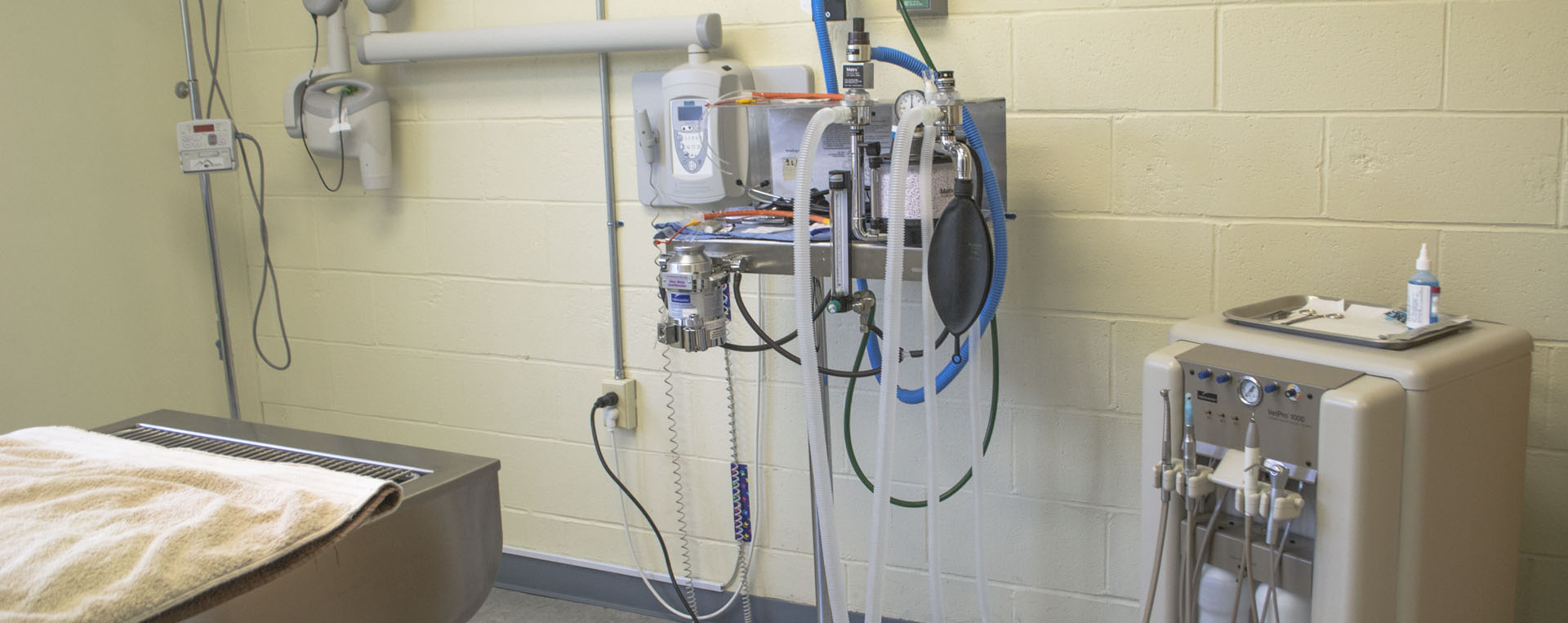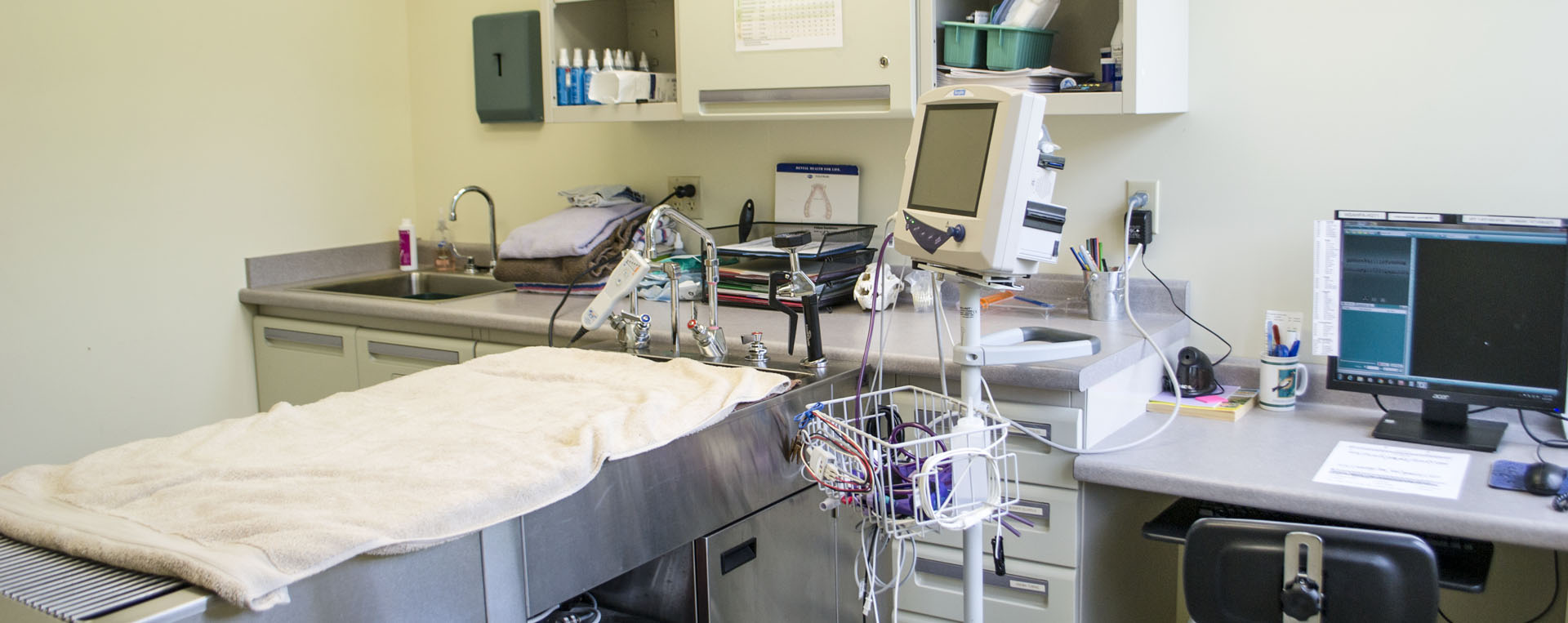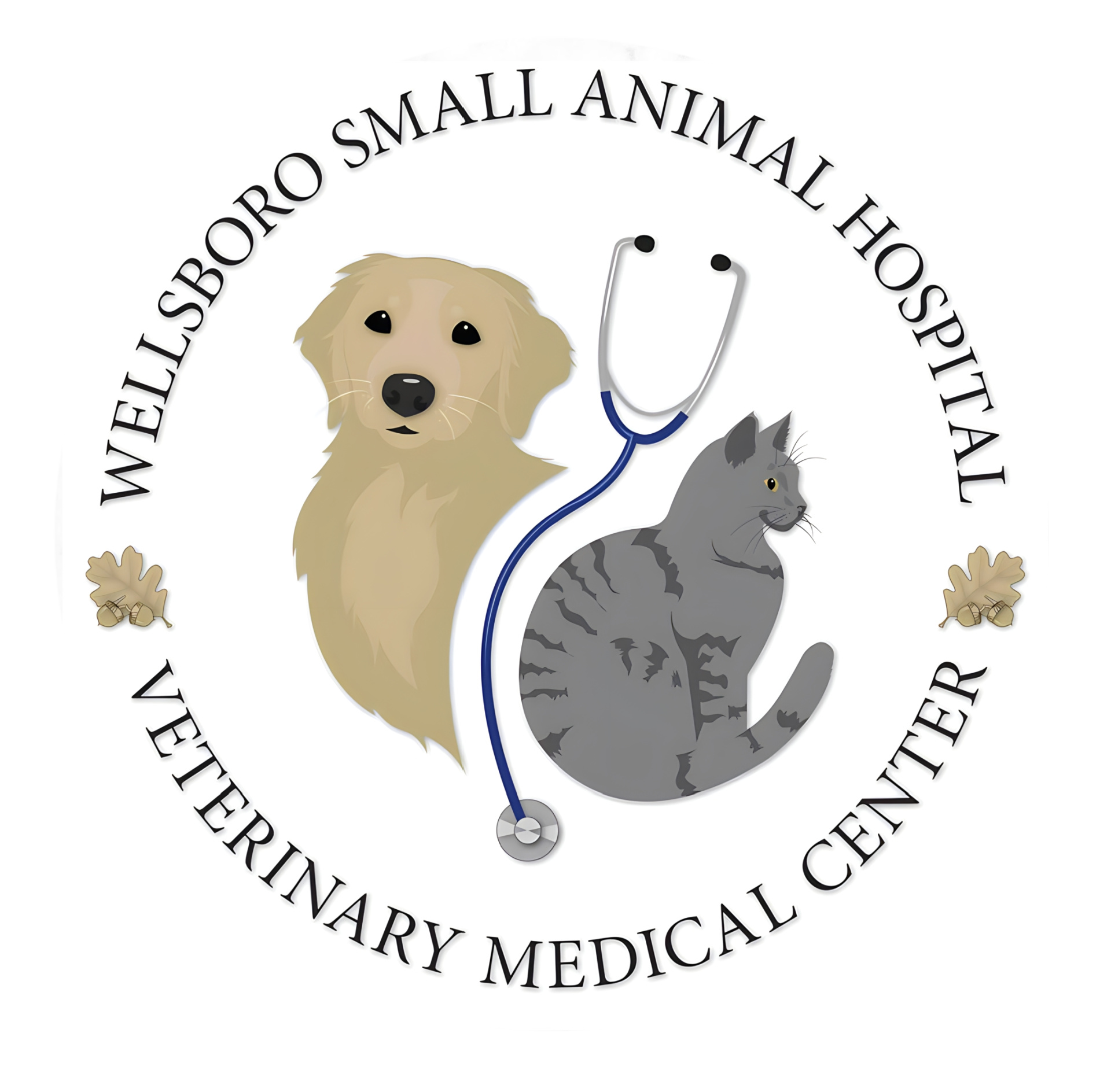Surgery
We provide a full suite of surgical services for your pet. We know that there can be uneasy feelings about your pet going under anesthesia, but we take pride in the care that we provide. We tailor the latest in anesthetic monitoring, surgical techniques, and pain management for each patient. We strive to keep you and your pet comfortable and will address any specific concerns you may have about your pet's care.
Most procedures require anesthesia, although certain unique procedures can be performed with only sedation and local anesthesia (local nerve blocks). You may speak to our veterinarians regarding the need for general anesthesia of you have any questions.
Blood work will be performed prior to any procedure requiring sedation or general anesthesia in order to determine of there is any underlying illness or infection that would result in increased risk associated with using a specified sedative or anesthetic. If an issue is discovered, we may need to adjust our sedation or anesthetic protocol, or we may need to delay a procedure until the identified issue is resolved. In some circumstances, based on the history of your pet, we may recommend or require additional pre-anesthetic screening such as a pre-anesthetic EKG or ultrasound.
The safety of your pet is our top priority during any anesthetic procedure. Below is a list of important safety precautions that we take when your pet is anesthetized. Click here to obtain a copy of this list.
Dentals
We are committed to providing your pet with the best care to preserve their oral health. During your annual visit, the doctor will do an oral exam of your pet's teeth and recommend if a dental is needed or not. We offer dental X-rays along with our cleanings. Dental X-rays allow us to evaluate the tooth below the gum-line. The crown of a tooth may appear healthy, but the infection may be hidden in the roots or surrounding bone. Remember, the only way to prevent dental disease is to brush your pet's teeth EVERY DAY and to schedule regular dental exams with your veterinarian. Feel free to ask about this during your next visit.Why is the dental health of your pet important?
- Up to 85% of dogs and cats over the age of 6 have dental disease.
- Gingival disease associated with tartar is painful to your pet.
- You can help to keep your pet’s gums healthy by regular, daily dental care.
- Annual checkups also help in identifying problems with dental disease.
- Good oral hygiene helps rid your pet of that nasty bad breath.
Humans have 28 teeth (excluding wisdom teeth). Guess how many your cat and dog has?
Your Cat Has 30 Teeth
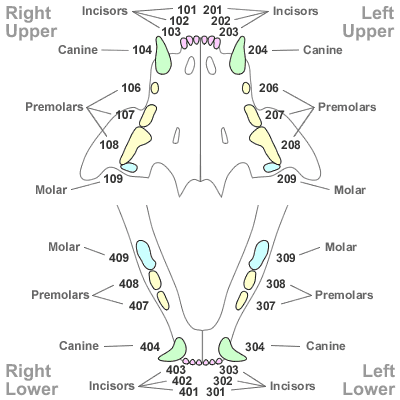
Your Dog Has 42 Teeth

Various X-Rays Showing Dental Issues
Damaged Teeth
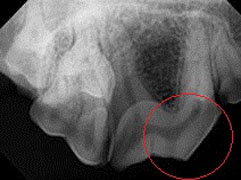
Tooth Root Abscess
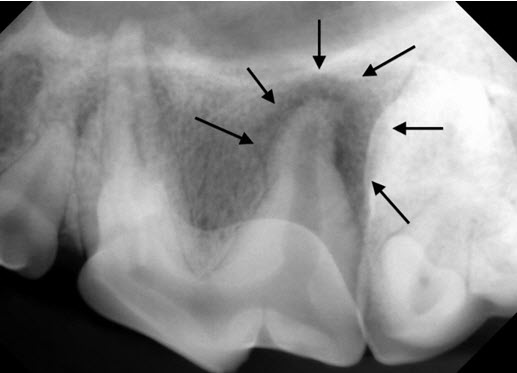
Repaired Tooth
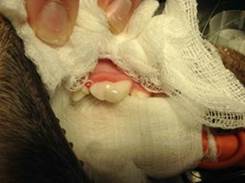
Why are Dental X-Rays important?
The images show why it is important to examine your pet's teeth and provide daily dental brushings as well as supplementing with dental treats. Dental x-rays allow us to evaluate the tooth below the gum line. These x-rays assist your veterinarian in determining which teeth may require extraction. While the crown of the tooth may appear healthy, an infection may be hidden in the roots or surrounding bone. A diseased tooth will require surgical extraction.

Severe Bone Loss (Top Circle) and Hooked Root (Bottom Circle). The tooth with the hooked root is very difficult to extract without this X-Ray.

Hooked Root Close to Jaw - could result in fracture of jaw bone
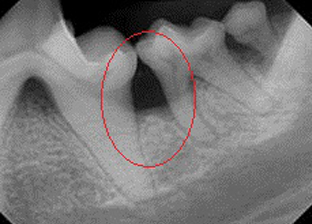
Severe Bone Loss - areas where infection can settle
Dental Sealant
SANOS®can best be described as a self-hardening liquid bandage device that helps and aids in gingival and oral health. It is used for prevention of plaque and tartar and is applied along the gum line and applied during a dental procedure. A single application helps keep the gum line free of plaque for up to six (6) months.Periodontal Pocket Filler
If tartar and dental calculus are not routinely cleaned from your pets' teeth, they can cause painful inflammation of the gums called gingivitis. In addition, the tartar build up and dental calculus can cause your pet to have bad breath (halitosis), periodontal disease, and eventually tooth loss. During a dental procedure, you pet's teeth are cleaned and measurements are taken from under the gum line to measure the distance between the bottom of the periodontal pocket and the gingival margin. These measurements are used to measure for "pocket depth". Once a periodontal pocket forms, it serves as a hiding place for food, plaque, and calculus accumulation. If left untreated, these deep periodontal pockets can become severe enough to result in infection, bone loss and tooth loss. The periodontal pocket filler is a special antibiotic filler that is injected into the pocket and encourages reattachment of the gum tissue to the teeth.


